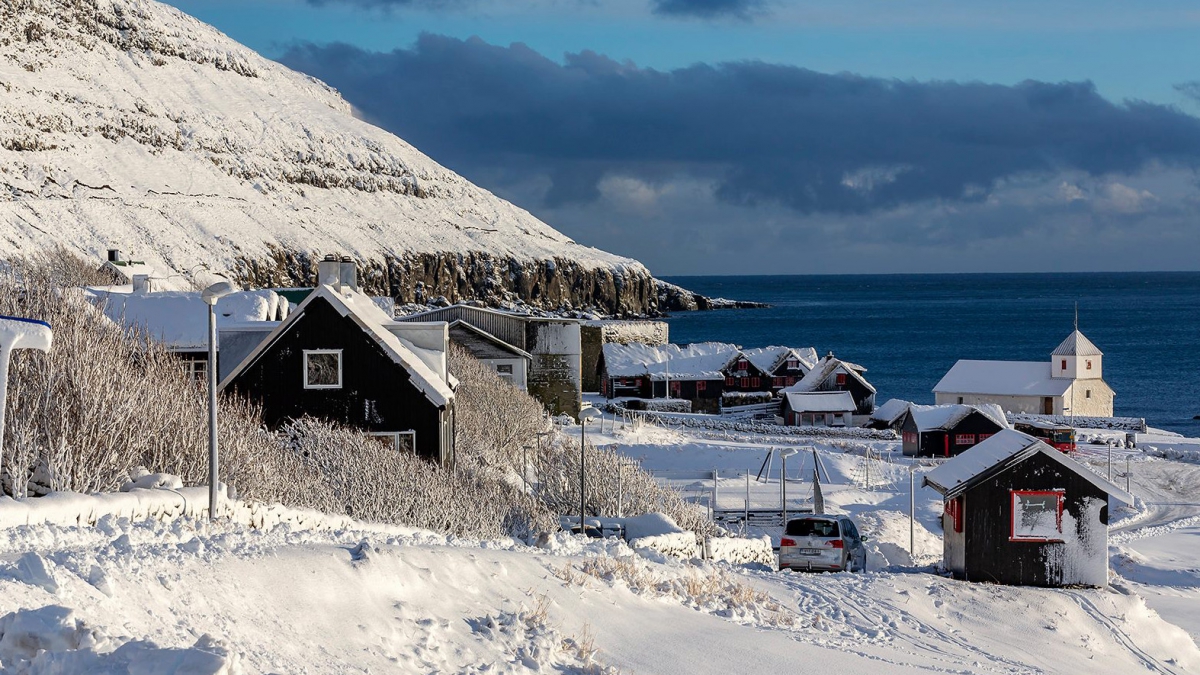Population
10. Feb 2022
Population was 53,664 on 1 January

The population trend for 2021 was very similar to that of 2020. In both years, the population increased by between 1.4% and 1.6%, which is slightly lower in comparison with 2018 and 2019, which saw a percentage growth of between 1.6% and 1.8%. In 2020 and 2021, the population grew by 65 people per month on average.
[px-graph-3]
The population trend is determined by net migration (the difference in the number of immigrants and emigrants) and the excess of births over deaths. The increase in the past year is made up of an excess-of-births figure of 249 and a net migration figure of 516. For more figures, see the table below.
Net migration contributed with roughly 44 people per month in 2021
As the graph below shows, both immigration and emigration decreased in 2020. As the immigration figure saw the larger decline, the contribution from net migration dropped from 47 people per month in 2019 down to 40 people per month in 2020. The immigration trend regained momentum in 2021 as net migration reached 44 people per month.
[px-graph-3]
Excess of births contributed with just over 20 people per month in 2021
The number of deaths has been generally stagnant in recent years, accounting for just over 30 people per month. Following a decline in 2020, the number of deaths in 2021 was back on the rise to reach the same level as in previous years.
The number of births had been on a steady rise for years before coming to a halt in 2020. In late 2019 and early 2020, the birth rate decreased from 60 to 50 births per month. By Autumn 2020, the birth rate had risen to 65 per month, in part due to as many as 79 children being born in October 2020. Soon after the spike 2020, trend reversed, as the birth rate in 2021 was between 55 and 60 births per month.
Thus, the contribution by child births to the overall population in 2021 equalled just over 20 births per month.
[px-graph-4]
The largest municipalities have the fastest growth rate
Out of all villages in the Faroese municipalities, the highest population increase was in Tórshavn, Hoyvík, Argir and Toftir.
The population declined In 10 out of 29 municipalities. Kvívík municipality saw the biggest decline, with the village of the same name, Kvívík, seeing the biggest population drop.
[px-graph-4]
Population figures have a one-month lag
The figures have a one-month lag due to delays in registrations, especially regarding address changes, where many registrations are made after the month of address change has ended. To accommodate as many corrections as possible, there is a one-month lag in the data.
About the population figures
The population is defined as all individuals registered in the national register as residents of the Faroe Islands. Population data includes date of birth, gender, place of birth, citizenship, relationship status, and, where applicable, information on immigration and emigration, domestically as well as between the Faroe Islands and other nations.
About the trend
The trend describes the population trend by adjusting for seasonal effects and other error components in the population figure.